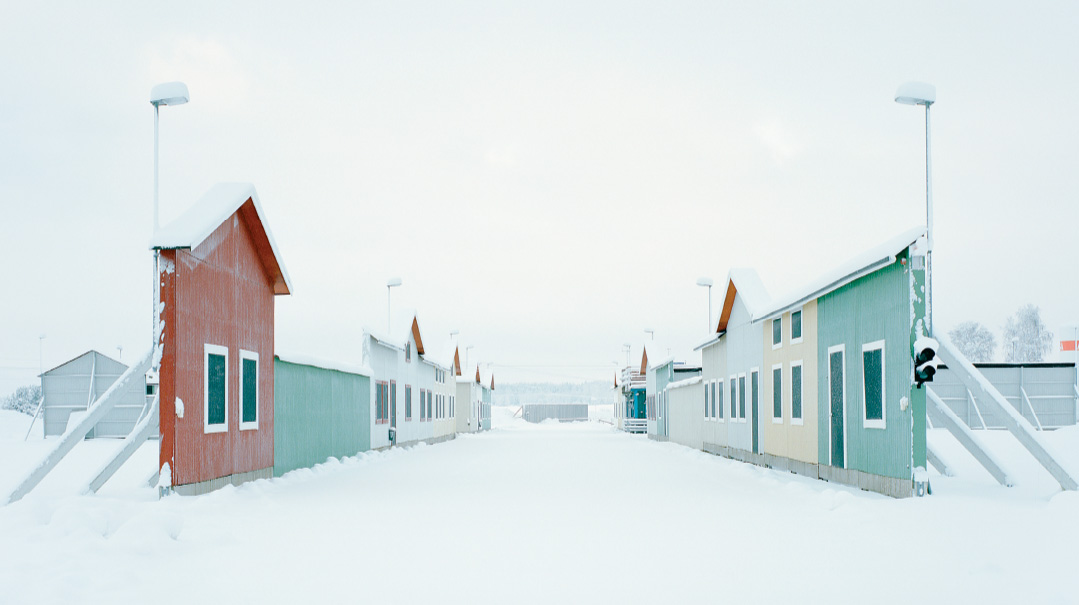Something to Hide

These cities were built to mislead and deceive

Photos: Gregor Sailer
There are dozens of sites around the world whose entire purpose is to appear as something they are not. These places were created with the intent to hide inconvenient truths, duplicate a distant reality, or deliberately mislead observers. Photographer Gregor Sailer has made it his mission to chronicle these places — a visual record of the inventive, bizarre, and disturbing side of humanity
In the late 1700s, Grigory Aleksandrovich Potemkin was arguably the most powerful man in the Russian Empire.
Potemkin first distinguished himself as a military commander in the first Russo-Turkish War (1768–1774), becoming a firm favorite of Catherine the Great, empress of Russia. He remained her confidant until his death in 1791.
She was called Catherine the Great for a reason. Under her reign, Russia’s borders expanded to include large swaths of the Ottoman Empire as well as much of the Polish-Lithuanian Commonwealth, and Russia was finally recognized as an important European power. The empress encouraged a cultural revolution among her people. She also ordered the founding of several cities and towns in Russia’s newly annexed territories, including Odessa, Kherson, Dnipropetrovsk, and Sevastopol. The noble elite established themselves in duchies across the empire, building magnificent mansions in the classical style loved by Catherine. Russia was thriving.
Yet beneath the grandeur and opulence, society was built on the backs of the serfs. Their inglorious existence spoiled the portrait of perfection.
That was a problem for Potemkin.
Reputation at Stake
Grigory Potemkin had been appointed governor-general of the new southern provinces, and for nine years he worked to transform the region into a prosperous addition to the empire. At his urging, Catherine agreed to travel to New Russia and the Crimea to inspect her new territories. In January 1787, the year of her silver jubilee, she set out from St. Petersburg on a six-month voyage down the Dnieper River toward the Black Sea. The royal entourage traveled more than 4,000 miles by sledge, river galley, and carriage in a triumphant parade.
The purpose of the royal tour was threefold. Firstly, Catherine wanted to intimidate the Turks, who were already gearing up for the second Russo-Turkish War. Secondly, her intention was for the fledgling Russian Empire to make an impression on the superpowers in Europe. Her journey included meetings with King Stanislaus of Poland and Emperor Joseph II of Austria, which were calculated to signal the durability of Russia’s ties to her allies.
The third reason involved Grigory Potemkin. He had appropriated money from the royal coffers to build new cities, ports, and naval bases to accommodate the empire’s growing fleet of warships. It was time for Catherine to see Potemkin’s astounding achievements for herself. Catherine’s voyage was to be not just a political and diplomatic accomplishment for the empress, but also a personal victory for Potemkin.
At court, Potemkin’s political rivals had spent the previous nine years denigrating the governor at every opportunity. They accused him of stealing millions of rubles, or at least wasting the money rather than using it wisely.
Potemkin’s reputation depended on the success of Catherine’s visit.
Potemkin spent three years preparing for the monarch’s arrival. He built new palaces, renovated old castles, and constructed an entire fleet of river galleys to accommodate the empress and her entourage. He planned elaborate balls and magnificent fireworks displays. He spared no expense to showcase the growth and success he had developed. But he’d have to marshal his full creativity to hide some blights on the landscape.
Oops! We could not locate your form.







